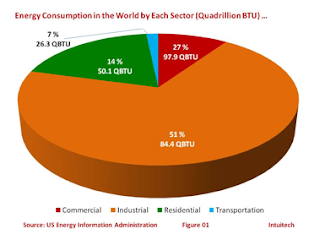Case Management Applications
So what does a case management (CM) application look like?
A case management system is a database that goes well beyond storing structured information in fields for retrieval. A case management system is an information tool that enables workers to manage the wealth of information that they generate and turn that information into useful knowledge through making it available to others who may need it. It enables the use of unstructured information in the form of notes and observations and letters. It combines assessments with triggers and enables multiple people to work on a single assessment from various offices. It combines registrations with referrals, can be adapted as a registration system for bed management or room booking, can produce letters for reviewers, financial reports for exporting to legacy applications, produce schedules and show genographs. It should enable multiple parties to be a part of a case and deal with privacy issues. And again these functions are not simply a matter of storing and retrieving information as in a knowledge management system, it’s about processing information and having decision support, it’s about being able to respect the relationship between client and practitioner for the data and use that data both anonymously and personally in the best interest of each unique client and as a group.

Comments